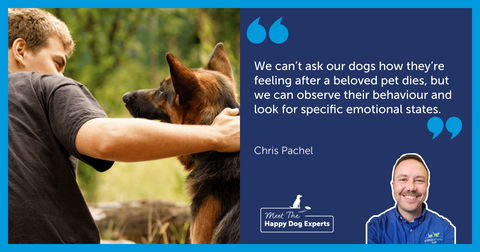Want to subscribe to our blog?
If you have practiced tips 1-5 in our first blog, you are now ready to move onto tips 6-10 to help prepare your puppy for the future. From playing games to getting used to the car, basic puppy training is essential for a happy dog.
TIP 6 LEAD WALKING
Introduce a lead and practice teaching your puppy that being next to you is a very reinforcing place to be! When you first clip the lead onto your puppy's collar or harness, keep their attention away from the lead by scattering some food on the floor for them. We ideally want to avoid any lead biting or grabbing from the start. Whilst they are busy sniffing and eating the food, gently move the lead around (without putting any tension on it) so that it might touch the puppy and they get used to the feeling or something brushing against them and dangling near them and learn to take no notice of it.
Use a lightweight puppy line of around 2 meters and initially follow your puppy wherever they go around the house and garden whilst holding the end of it. Your aim is to create no tension at all on the lead. Whenever your puppy is near your leg, place a piece of food on the floor next to your foot. If your puppy is able to go on short walks, use the same principle follow your puppy wherever they want to explore rather than go on a set pre-decided walk, and feed your puppy whenever they are next to you. If you need your puppy to change direction, use your voice to call them towards you rather than the lead. It is not for steering or breaking it is for safety only!
 TIP 7 THE CAR
TIP 7 THE CAR
If your car is parked on your drive, you can use this time to ensure your pup is happy about being in the car if you are able to leave the house. Decide whether you want to travel your pup in a car harness and seatbelt, in the boot, or in a crate (if using a crate, work on crate training at home first so your puppy loves spending time in it).
Feed your puppy all their meals in the car with the engine off to start with, and then with the engine running. Then work on drip-feeding the pup whilst sitting in a seat in front of the pup (i.e. sit on the back seat and feed the puppy in the boot/in the crate, or sit in the front feeding the puppy for sitting calmly on the back seat). Make sure they are happy to sit on their own with the engine running before you start moving the car. If it is safe to do so, open the boot or car door so your puppy can watch the world go by from the safety of the car and take in the sights, smells and sounds.
TIP 8 PROPRIORECEPTION
Perception or awareness of the position and movement of the body is really important for puppy development. It appears to boost self-confidence through increased sensory awareness and control, and is something you can easily work on at home.
Safe obstacle courses such as walking along a plank placed on the floor, stepping over poles lying on the floor, walking over different surfaces such as bubble wrap, tarpaulin, carpet scraps, upside-down door mats etc, slow weaving and turning, and getting on and sitting/standing/lying down on a placeboard will all help with body awareness and introduce your puppy to different floor surfaces they might experience in life.
TIP 9 HANDLING
Get your puppy used to being handled and examined, towel dried and groomed. Ensure that your puppy remains calm and relaxed and reinforce frequently whilst you get them used to these procedures in short amounts. If your puppy tries to mouth your hands or the brush, just calmly withdraw your hand. Set your puppy up for success by providing them with a Lickimat or something else to keep them still and occupied and to help form a positive association with handling.

TIP 10 GAMES
Play helps build a strong relationship and provides an outlet for natural behaviours . Ensure you are consistent with rules of the game from the start for example, no leaping or snatching for the toy from your hands (just withdraw it if the puppy does try to), and releasing the toy when you ask. Allow them to proudly win the toy and parade it, celebrating their ability to catch or gain access to the toy. Hide toys for them to search for. Get them interested in chasing and pouncing on a moving toy low to the ground or that you roll along the floor.
Follow all our tips by subscribing to our newsletter #adaptilathome #hometogether
This blog was written by Rosie Bescoby Clinical animal behaviourist BSc, PG Dip CABC from Pet Sense
Following our expert tips will help to ensure your bond with your dog goes from strength to strength.
Make sure to join our community for weekly advice from our dog behaviour experts as well as product offers and competitions.
 Related Posts
Related Posts

19 Ways to Comfort Your Dog in Stressful Situations

Dog Anxiety – 4 Things Every Owner Should Know

Happy Dog Expert: Help A Dog With Grief

Traveling With A Puppy In A Car
You consent to the processing of your personal data to receive our newsletters, you can unsubscribe at any time. To find out more about how your personal data is managed and to exercise your rights, please refer to the data privacy policy. Please visit this page.



































